So, which printing method is right for you? This guide will help you choose the best printing technology for your needs.
What is screen printing?
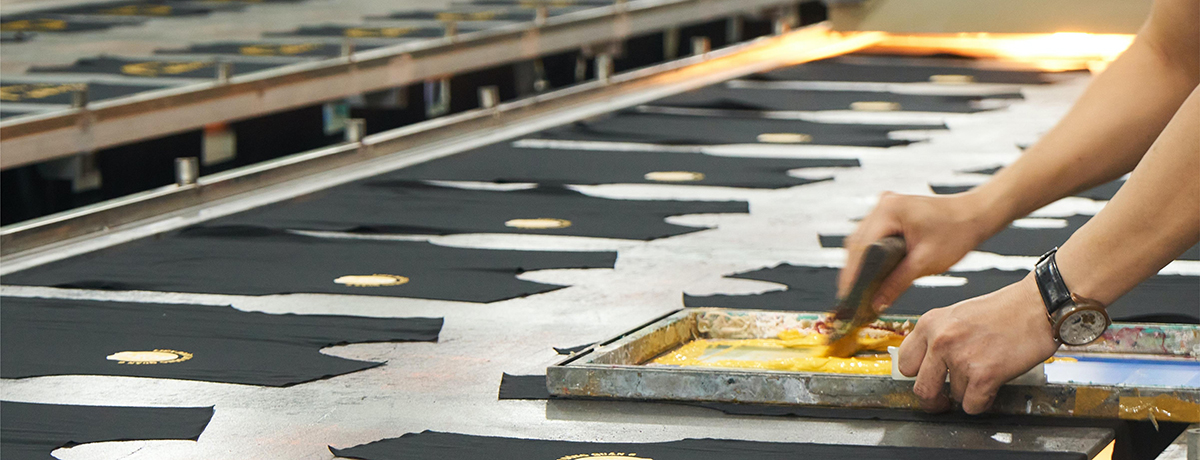
Screen printing, also known as silkscreen, is a printing technique that uses a stencil to transfer ink onto a substrate, such as fabric or other materials. A distinct template is utilized for each new color, which is layered onto the product.
Pros of screen printing
- Printing colors are bright
Screen printing inks are typically opaque, allowing them to be applied to dark substrates without losing vibrancy. This method produces high-quality prints characterized by vibrant colors and rich details.
- Cost-effectiveness of high-volume production
Although the initial setup cost of screen printing may be higher than some other printing methods, it becomes more cost-effective for high-volume production. This is due to the decreasing unit cost as the quantity increases.
Cons of screen printing

- Not suitable for complex designs
Complex and highly detailed designs may not be suitable for screen printing. The process can encounter challenges in reproducing fine details and gradients, leading to a potential loss of clarity in the final print.
- Time consuming
Setting up screens and preparing printing equipment in screen printing can be time-consuming. This makes it less suitable for projects with tight deadlines or quick turnaround requirements.
- Limited substrate compatibility
While screen printing is versatile, printing on curved or irregular surfaces can be challenging, and the process may not be as effective with specialty materials compared to other printing methods.
- Not suitable for small-volume printing
If the project involves frequent design changes or requires small batches of custom printing, screen printing may not be the most efficient option.
- High initial cost
The initial setup costs for screen printing can be relatively high. Creating screens, especially those with multi-color designs, involves a detailed and labor-intensive process.
What is digital printing?
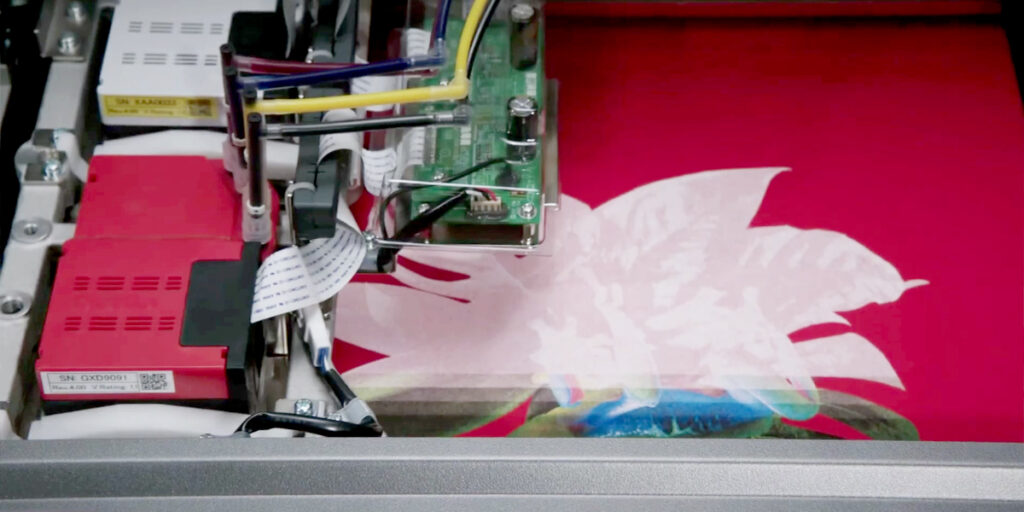
Digital printing is a modern process that uses computers to process images, which are then sent directly to the printing press, where the ink is sprayed onto the desired surface.
Pros of digital printing
- Printing in small quantities is cost-effective
Digital printing proves highly cost-effective for small to medium-sized print runs. Screen printing may entail higher set-up costs, rendering it less economical for smaller quantities.
- Fast turnaround time
Digital printing accelerates production by eliminating time-consuming setup processes, making it ideal for projects with tight deadlines or last-minute changes.
- High-quality
Advancements in digital printing technology have yielded high-quality results, as digital printing can produce sharp images and vibrant colors with intricate detail.
- No template needed
Screen printing methods involve the creation of templates, which can be both time-consuming and expensive. Digital printing eliminates this step, streamlining the process for increased efficiency.
- Reduced waste
Digital printing supports print on demand, allowing you to print only the amount you need. This helps minimize waste associated with overprinting and obsolete materials.
- Flexibility for design adjustments
Digital printing facilitates easy and cost-effective design changes. Since there are no stencils to remake, adjustments can be made swiftly, making it suitable for projects with frequent updates.
Cons of digital printing
- Color matching errors
Since the colors on the screen use the RGB color model and the printing press uses the CMYK color model, the colors on the screen might appear slightly different when printed.
Related article: RGB vs CMYK
- Inefficiency in cost for high-volume production
While digital printing can be cost-effective for low-volume production, it may become less economical for high-volume printing. Screen printing may be more cost-effective for mass production.
Related article: DTG vs DTF
In conclusion
There are numerous options available when it comes to screen printing and digital printing. Both methods have benefits and drawbacks. It’s no surprise that screen printing is losing ground to digital printing, given recent advancements in DTG printing. This technology has numerous advantages. Prints will be more vivid and clear than with any other method.
Furthermore, you have more color and design options because you can use your own creations rather than relying on stencils or pre-made templates as traditional methods such as screen printing or heat transfer vinyl do (HTV).
Both screen printing and digital printing are viable options for your company. Screen printing is probably the best option for you if you want a simple way to get your brand out there. Digital printers have advantages as well. DTG can handle small orders efficiently and affordably.
Related article: Screen Printing vs Embroidery
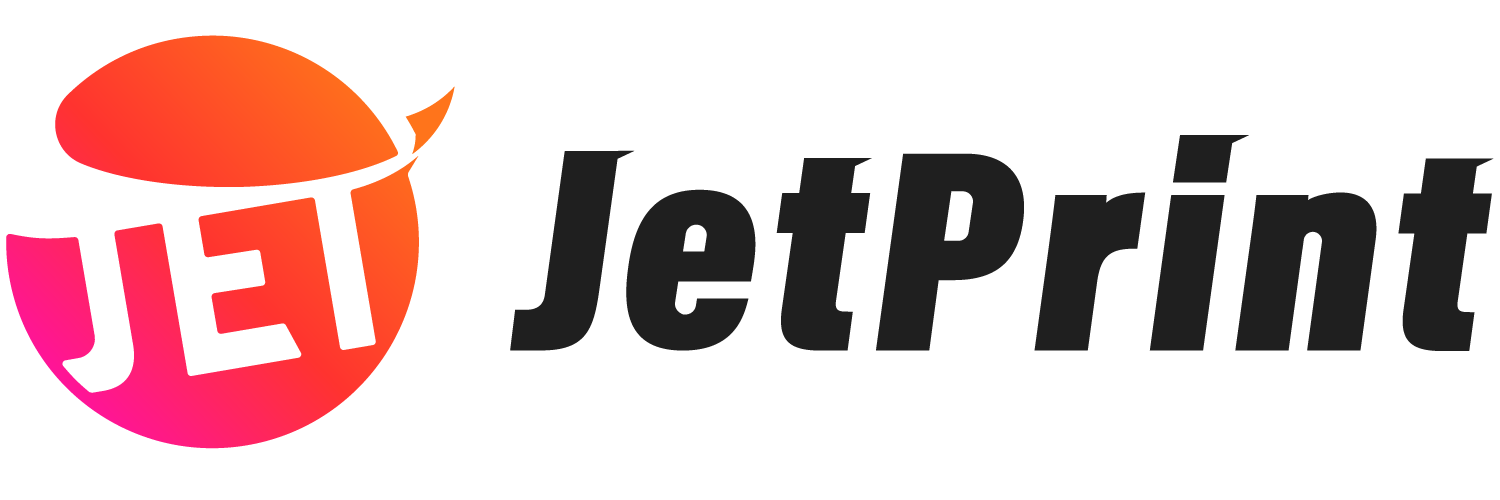
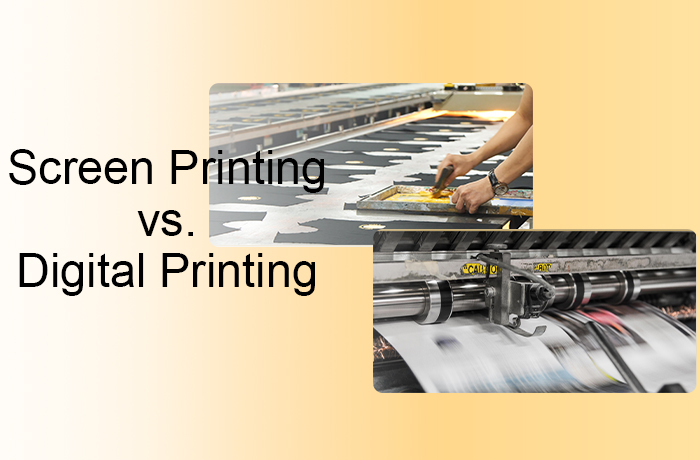
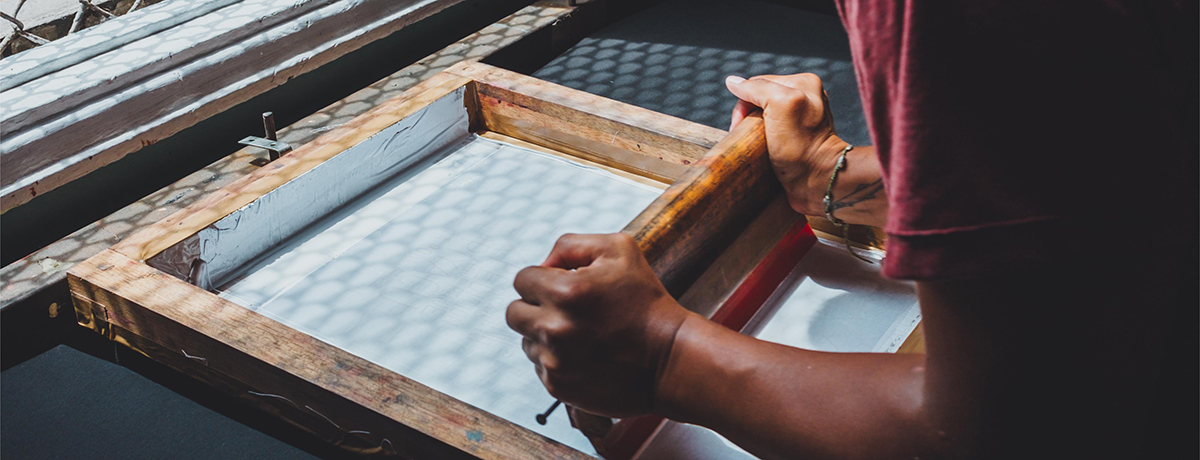
0 Comments